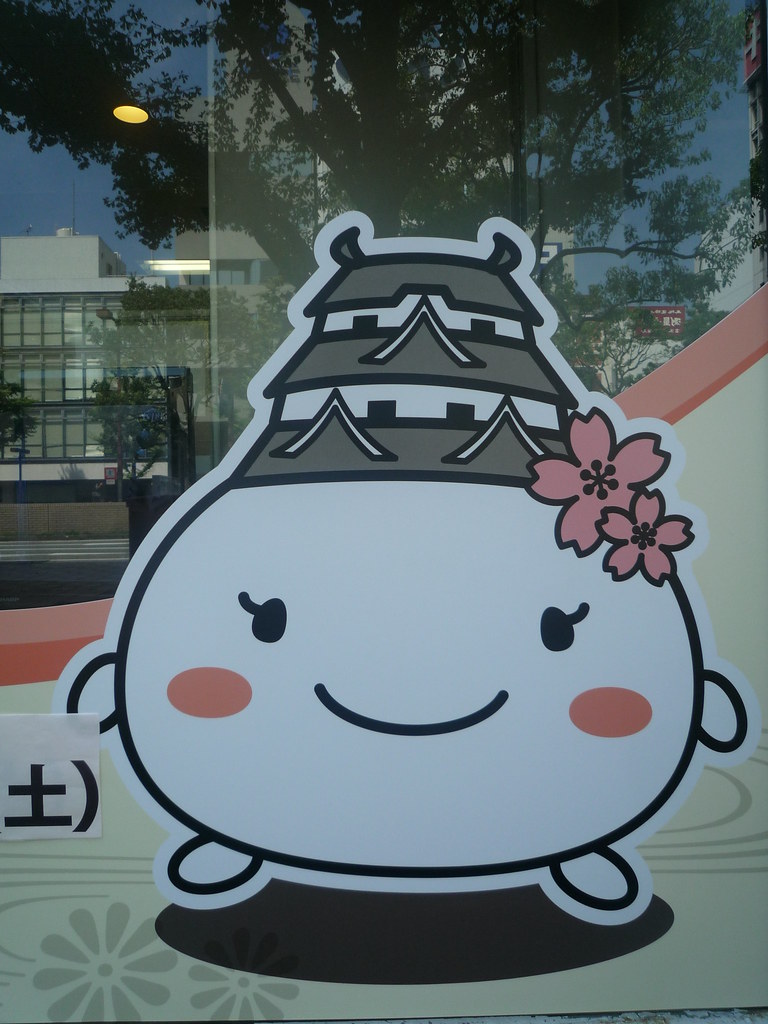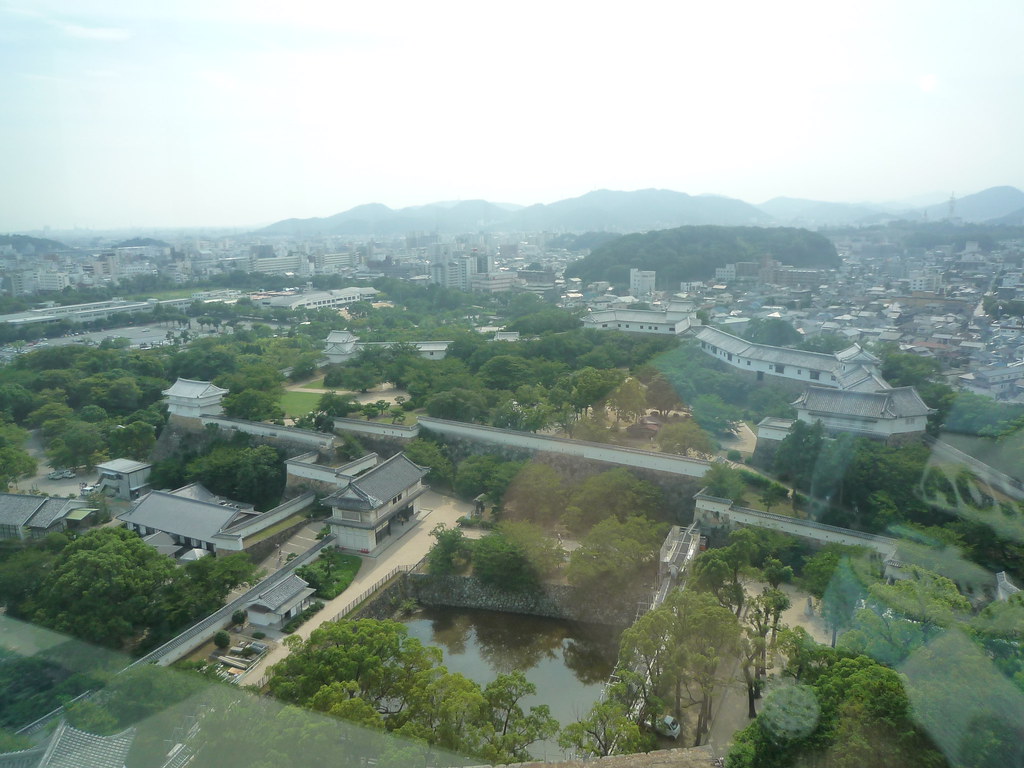Japan Day 2, Part 1: The long temple of Sanjusangen-do
After renting a bicycle, I headed out to the Higashiyama district that is densely packed with impressive sights to see. The first stop was Sanjusangen-do, a Buddhist temple that is a replica, but a replica built only about one hundred years after the original, and one that is itself about 750 years old.
Having studied a bit of Kenjitsu in the years since I traveled to Japan, and having learned to count to 100 in Japanese, I now recognize Sanjusan as 33. The temple is named for its length of 33 ken - the length of space between two pillars that was a common measurement of Korean and Japanese buildings. I remember the average Korean home was three ken. In other words, this temple is long.
Lonely Planet relates a story of an archery contest to sheet parallel to the length of the hall. The winner shot more than 13,000 arrows in twenty four hours (9 arrows per minute) and hit the target more than 8,000 times, which is difficult enough to be damned impressive but imperfect enough to sound plausible for a human to actually be able to do.
Inside the long dark hall - where pictures are not allowed, though you'd hardly know that from a google image search - were 1000 statues each with 25 arms. The statues supposedly have 1000 arms because 'each arm saves 25 worlds'. The statues were thin half-sized men carved from cypress and painted gold, and mostly looked stiff and alike. Much more impressive were the 28 guardians who were life-sized (assuming a shortish populace in the 1100s) and had expressive faces and poses. The wood was left exposed, which I always find more beautiful than whatever paint is applied, and they were on natural wood bases. The crystals used for their eyes added realism to their already life-like poses.
From the temple I went to a lunch of tempura, during which I came to appreciate Korean street food more as I realized in was tempura but without the price and pretension.





























